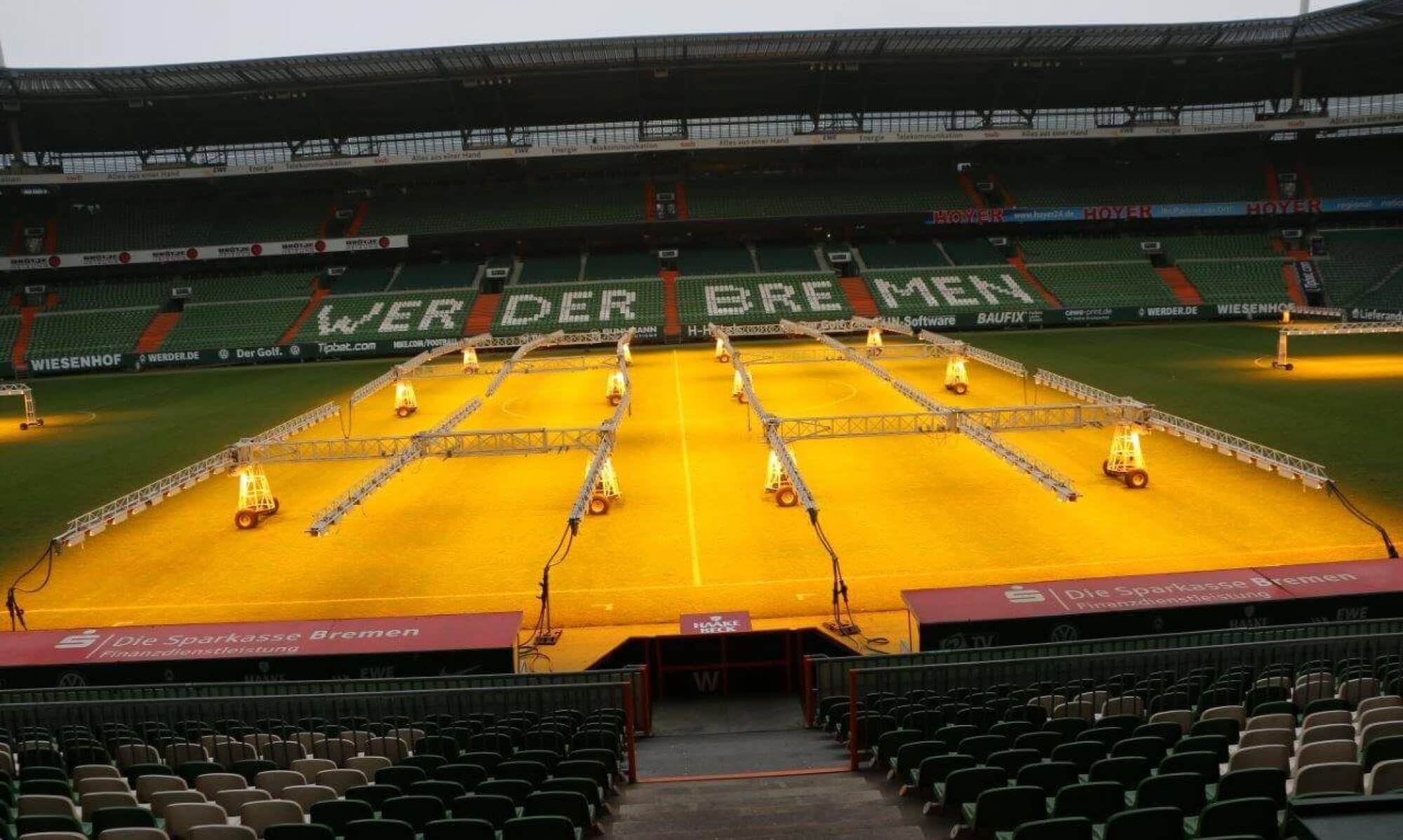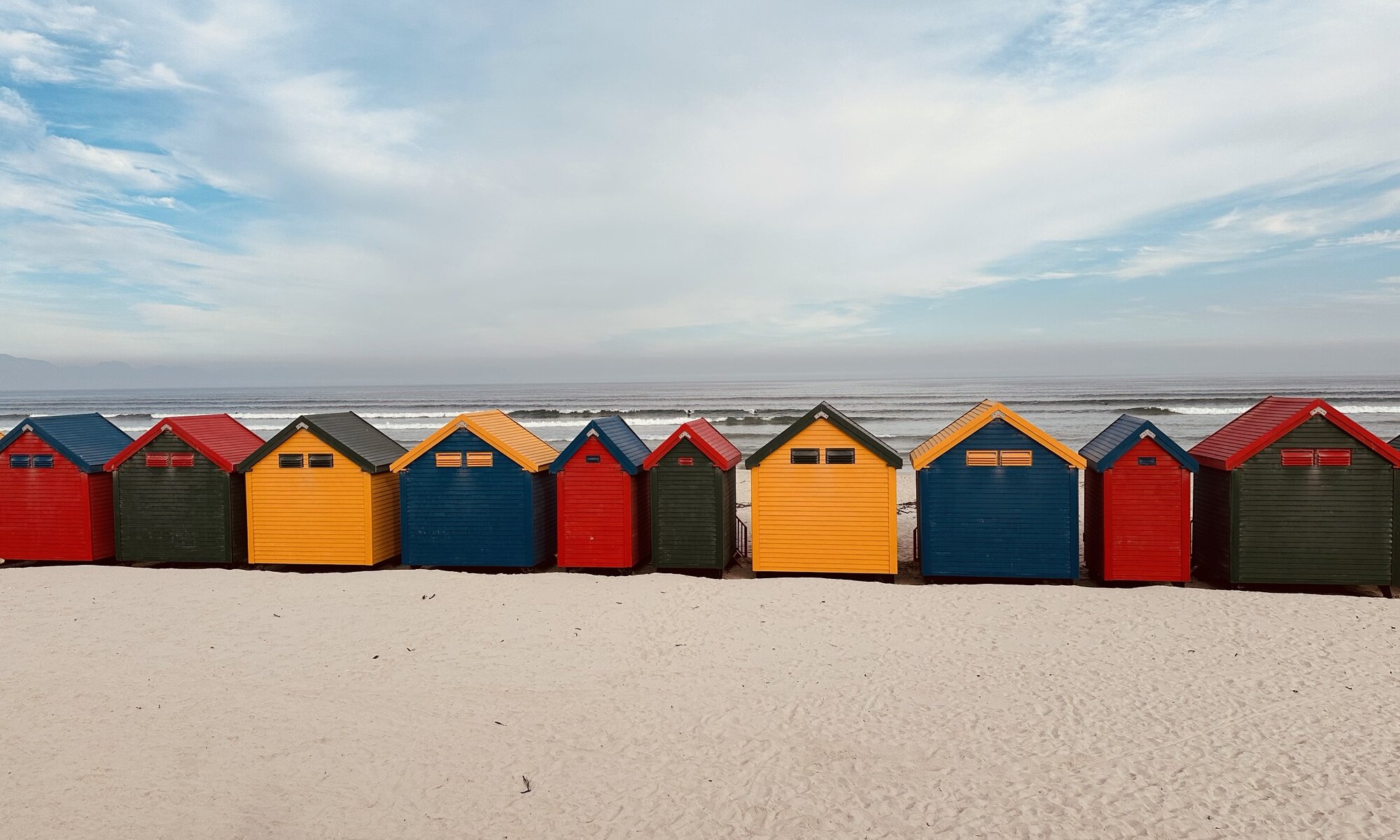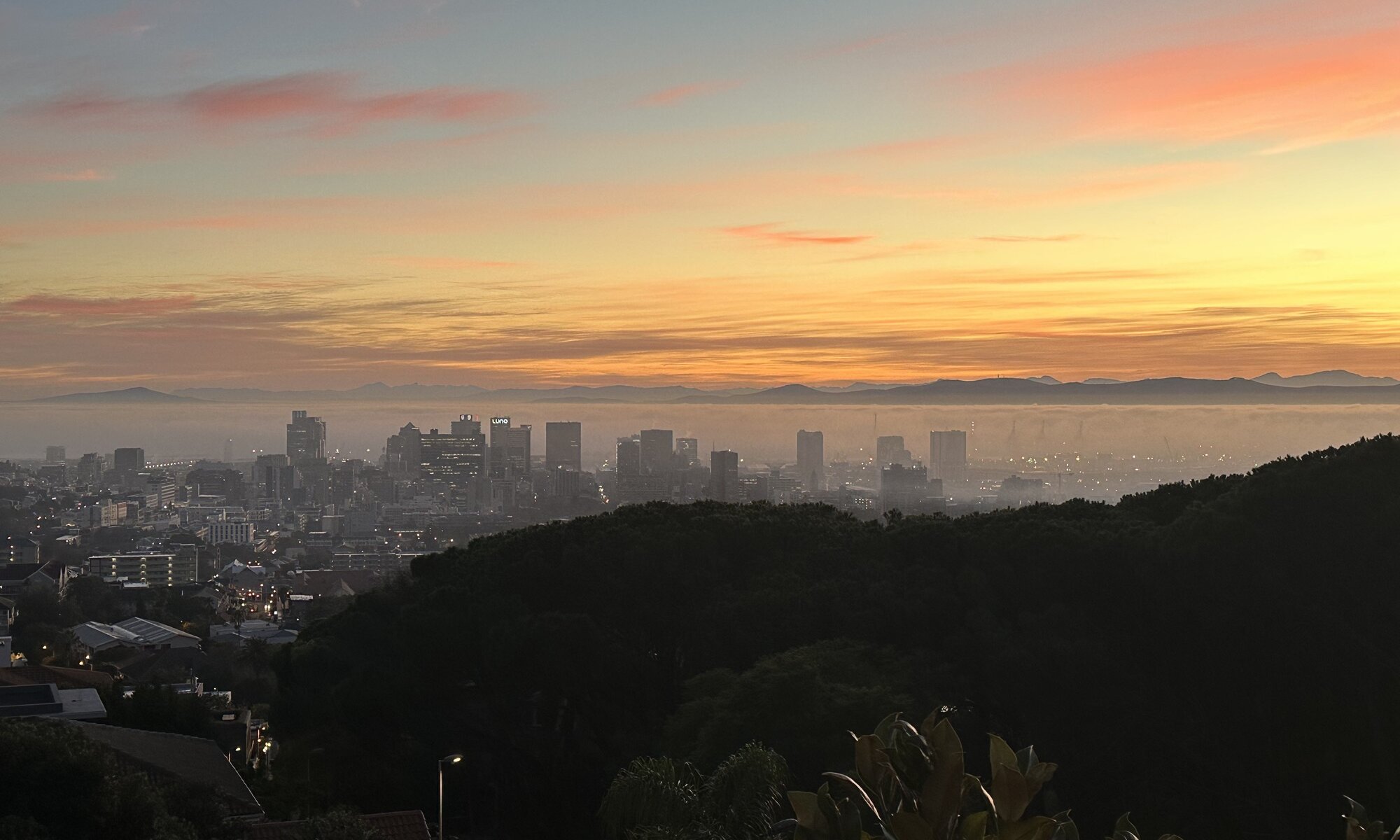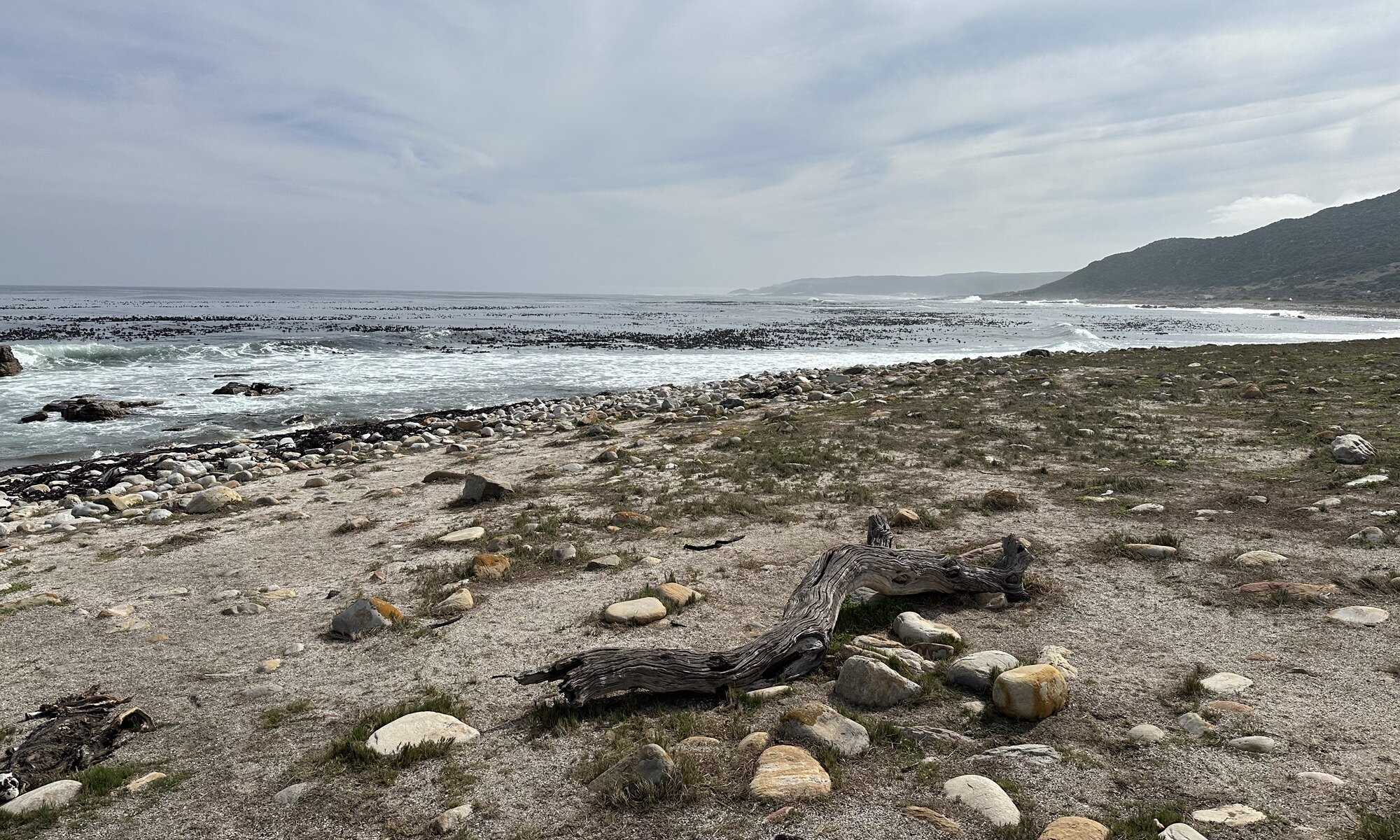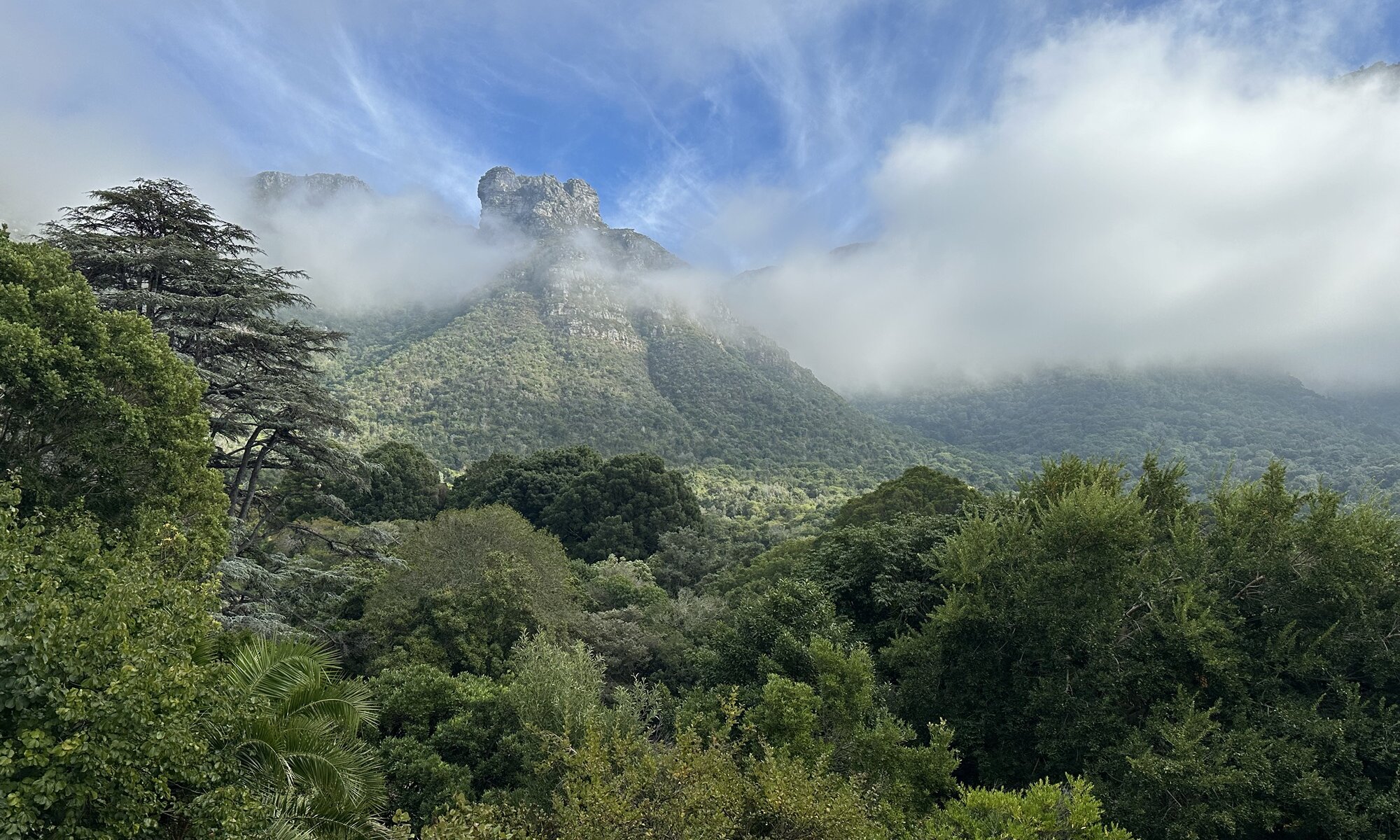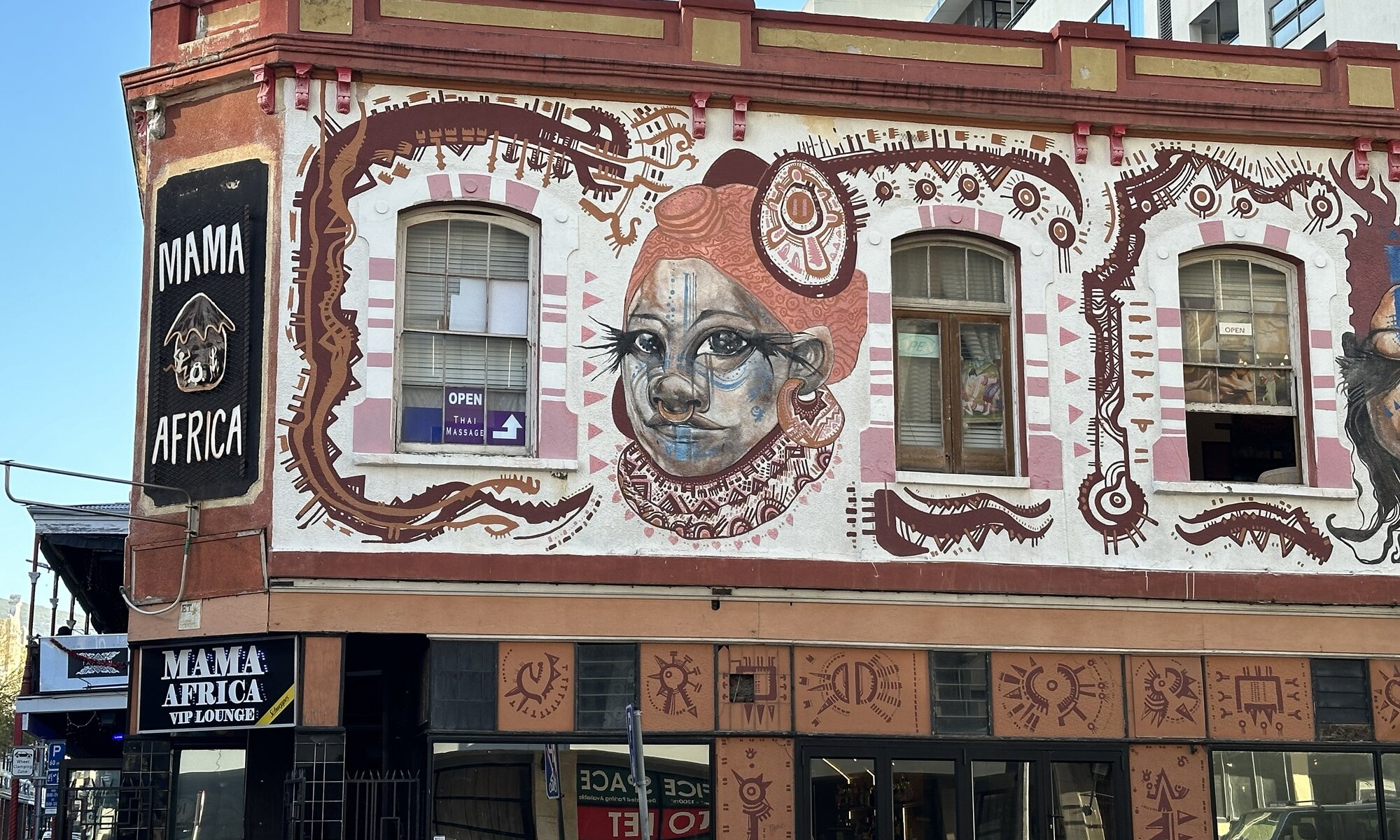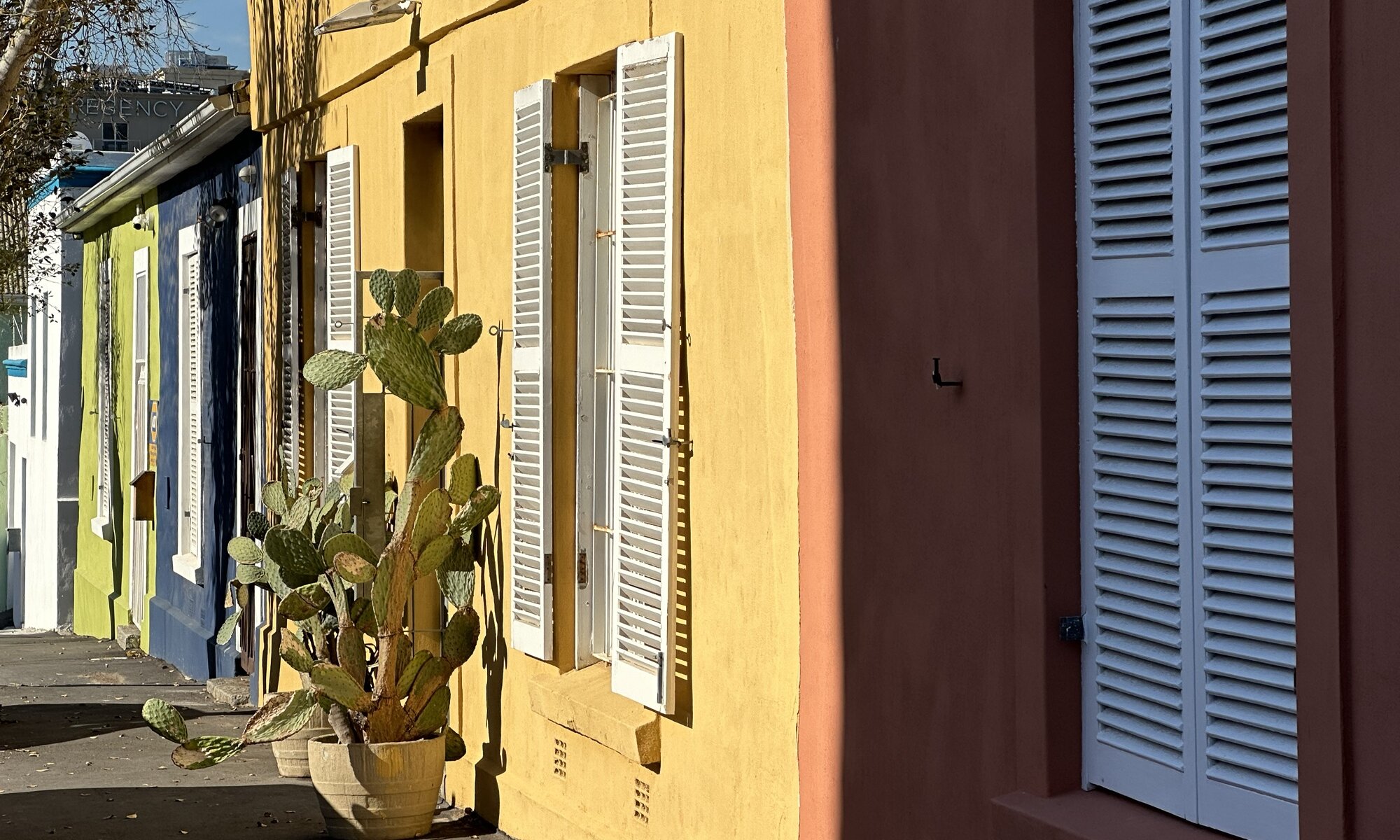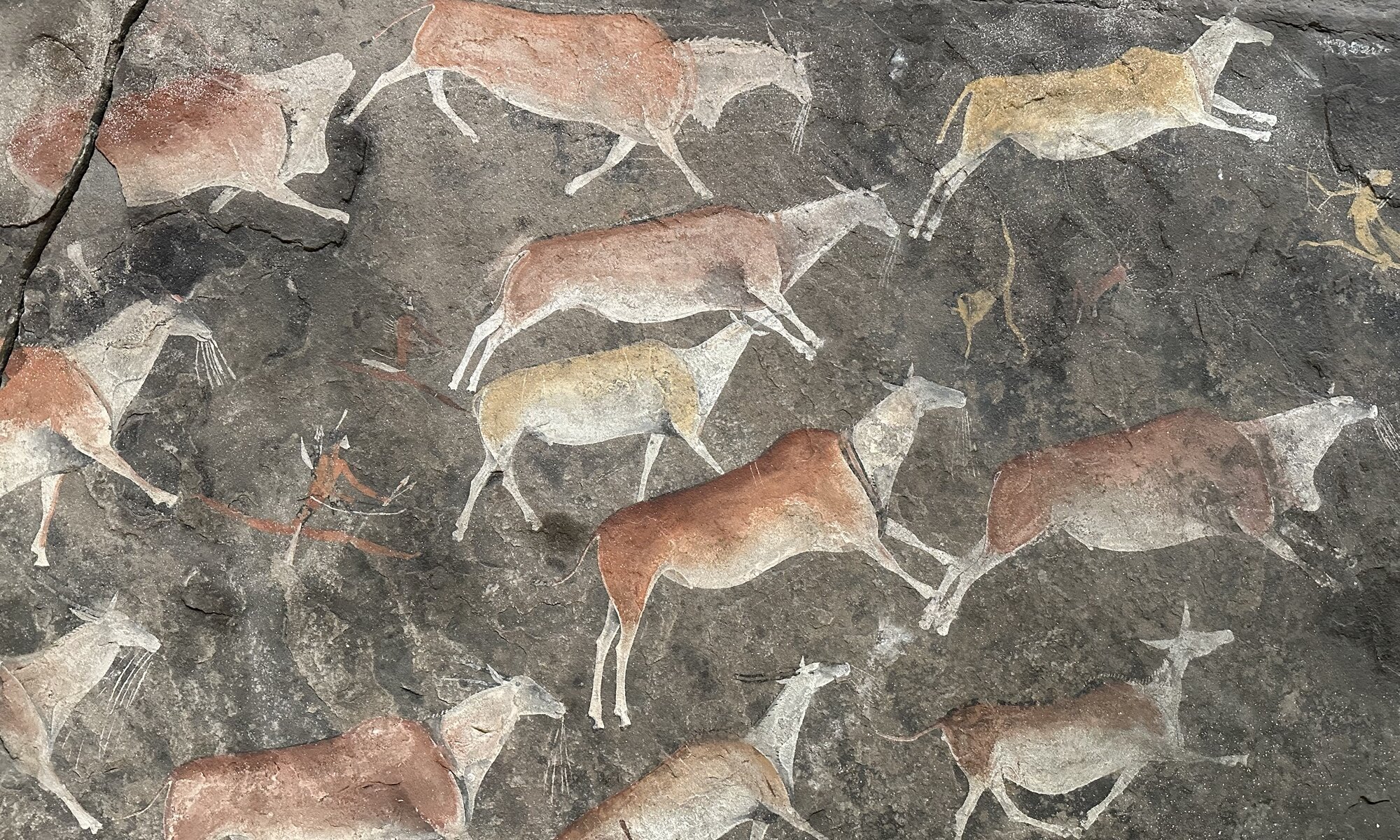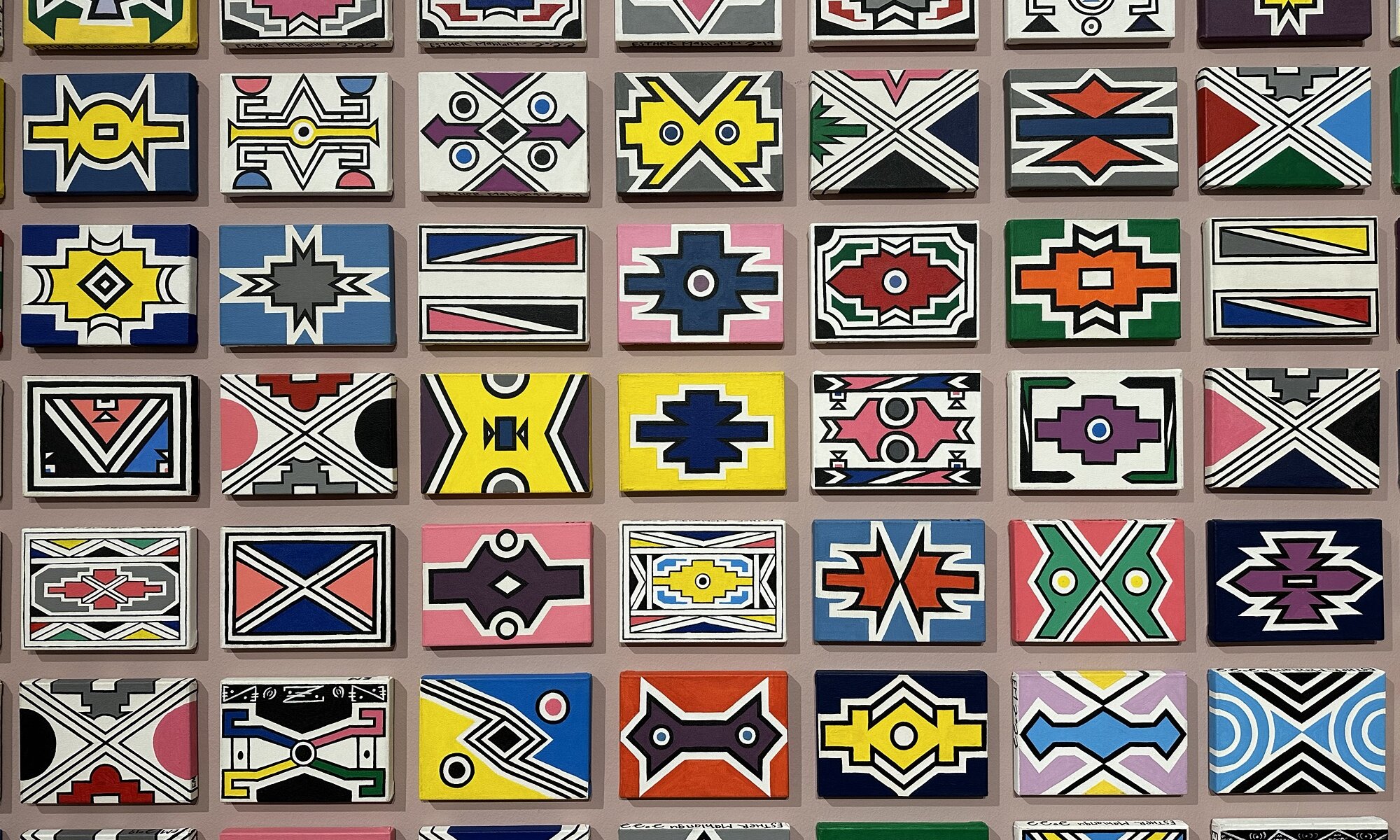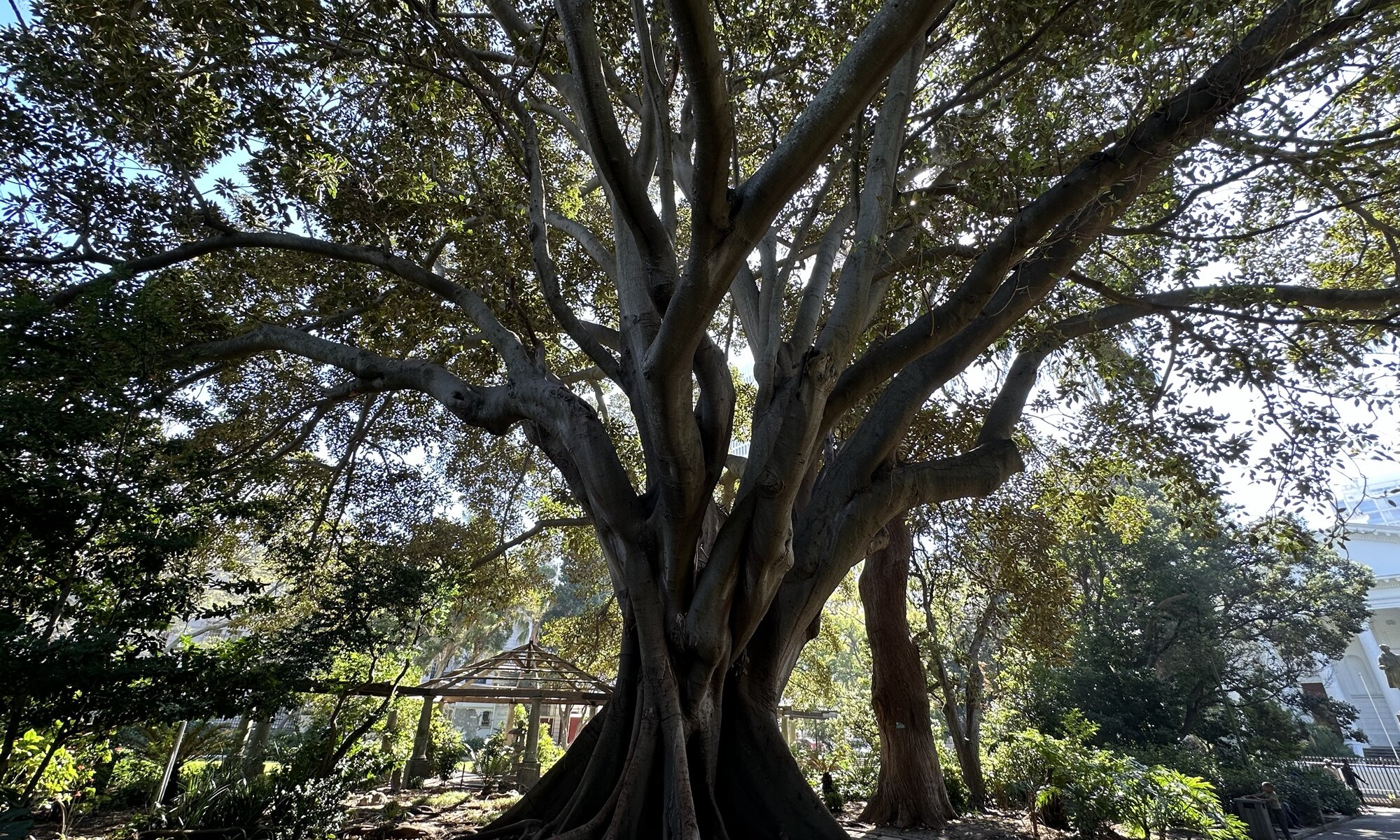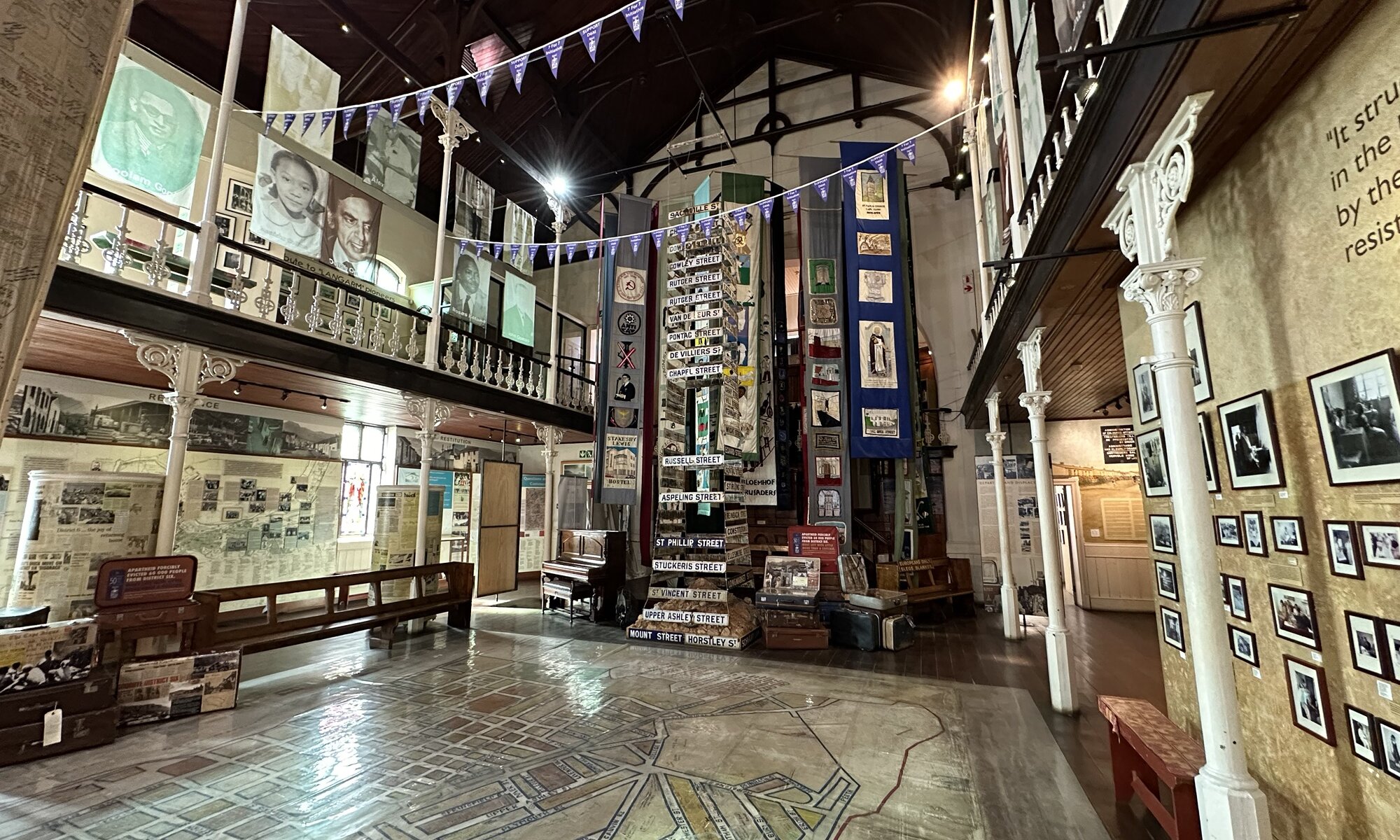Muizenberg Beach, located along the False Bay coast near Cape Town, is one of the most popular and picturesque beaches in South Africa. Known for its long, sandy stretch and gentle waters, Muizenberg is a favorite spot for surfers, families, and beachgoers of all ages. The beach is especially famous for its row of colorful bathing huts, which have become an iconic symbol of the area.
Continue reading “Muizenberg”Mother city
Cape Town, one of South Africa’s most iconic cities, has a rich history shaped by its strategic location at the southern tip of the African continent. The area was originally inhabited by indigenous groups, including the Khoisan people, before the arrival of Europeans. In 1652, the Dutch East India Company established a refreshment station at the Cape of Good Hope, led by Jan van Riebeeck. This marked the beginning of European colonization in South Africa. As Cape Town is the place of the first European settlements, it is also called the ‘Mother city‘.
Continue reading “Mother city”Cape of Good Hope
Located at the southern tip of the Cape Peninsula in South Africa, the Cape of Good Hope is one of the most iconic and historically significant landmarks in the world. Often mistakenly thought to be the southernmost point of Africa, it marks the meeting of the Atlantic and Indian Oceans and is famous for its rugged beauty, dramatic cliffs, and diverse wildlife. The cape is part of the Table Mountain National Park and attracts visitors for both its natural splendor and its historical role as a navigational landmark for sailors during the Age of Exploration.
Continue reading “Cape of Good Hope”Boomslang
The Kirstenbosch National Botanical Garden, located on the slopes of Table Mountain in Cape Town, is one of the most renowned botanical gardens in the world, celebrated for its stunning array of South African flora. Established in 1913, Kirstenbosch showcases a vast collection of indigenous plants, including a variety of fynbos species, aloe, and proteas, and serves as a hub for plant conservation and research. One of the garden’s most unique features is the Boomslang, a wooden canopy walkway that allows visitors to experience the beauty of the garden from a bird’s-eye view.
Continue reading “Boomslang”Mama Africa
Being at South Africa gives you the great chance to taste different dishes from all of Africa. If you don’t always want to dine at the waterfront of Cape Town you should consider the city center and especially the Long Street when looking out for great food. There you’ll also find Mama Africa, a well-known restaurant serving African food which is easy to spot – because of the nice paintings on the outside.
Continue reading “Mama Africa”Bo-Kaap
Between the city center of Cape Town and Signal Hill you can find a special city quarter that is mostly known for its colorful painted houses: Bo-Kaap. It has narrow and steep streets and is obviously not the prime location to built a city quarter on (even though it is really close to the city center); it is the place that the so-called Cape Malays were allowed to settle in. They’re a Muslim group whose ancestors were enslaved by the Dutch East India Company and brought to South Africa.
Continue reading “Bo-Kaap”(Natural) History
The South African Museum was founded in 1825 and is a wild mix of 1,5 million exhibits connected to South Africa. You can learn about regional stone carvings, sharks, land-bound animals, dinosaurs, the life of Nelson Mandela and visit a planetarium connected to the museum. In fact, the South African Museum is a combination of a natural history museum and an archaeology museum which feels a bit odd at the first moment as these types of museums are typically separated in Europe.
Continue reading “(Natural) History”South African National Gallery
Walking through the Company’s Garden at Cape Town you’ll discover the South African National Gallery at its southwestern end. It is an art museum that was founded in 1871 and that exhibits African and European art. The collection started with works donated by Sir Thomas Butterworth Bayleys and was extended with European artists over time. Thereby this was a special place showing foreign art and the curators are aware about the effects of colonialism on their collection. Since 1990 the focus is to add South African artworks and especially paintings by black artists to the collection.
Continue reading “South African National Gallery”Squirrel paradise
The Company’s Garden in Cape Town is a historic public park located in the heart of the city, originally established in the 17th century by the Dutch East India Company as a supply garden to provide fresh produce to passing ships on their voyages to the East. Over the centuries, the garden has evolved into a lush, green space surrounded by significant cultural and historical landmarks, including the South African Museum, National Gallery, and the parliament buildings.
Continue reading “Squirrel paradise”District 6
District 6, once a vibrant and diverse neighborhood in Cape Town, holds a poignant place in South Africa’s history. Prior to the 1960s, District 6 was home to a thriving, multicultural community of Black, Coloured, and Indian South Africans, with a rich cultural and social fabric. However, under the Group Areas Act of 1950, which enforced racial segregation during the Apartheid era, the government forcibly removed over 60,000 residents from the area, bulldozing their homes to make way for a whites-only residential zone.
Continue reading “District 6”